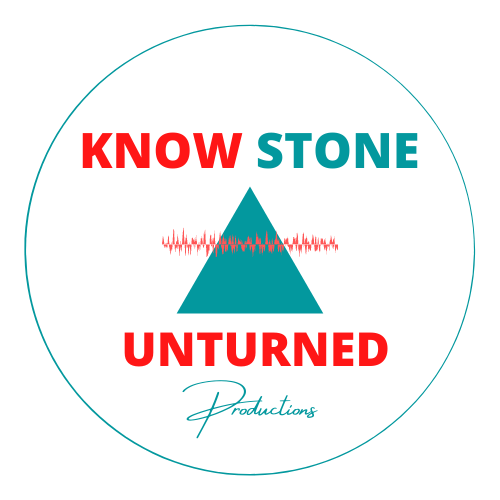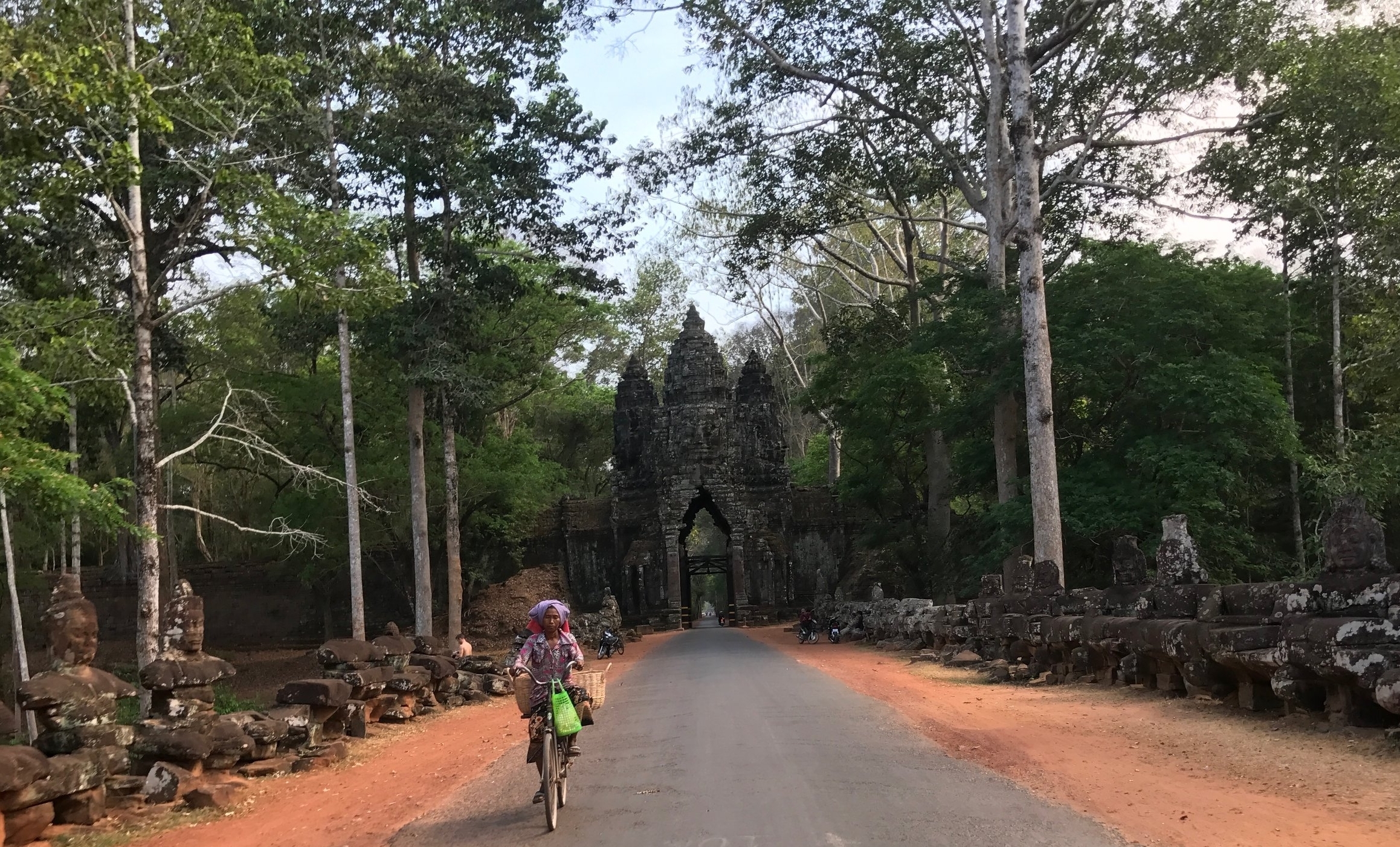Siem Reap
Angkor Thom is the largest and one of the most historically important sites to visit at Angkor Wat Archeological Park. With its name translating to “Great City,” it’s easy to see why. Established in the 12th century as the capital of King Jayavarman VII’s Khmer Empire, this 9 square KM relic is believed to have supported a population of 80,000 – 150,000 people at its height! It’s home to the former king’s royal palace, the famous state temple, Bayon, also known as the Temple of a Thousand Faces, and many other important Khmer monuments from King Jayavarman VII’s reign, his successors, and predecessors.
It’s easy to get lost, literally and figuratively, in the majesty of these ruins as you walk the path of the many before you who lived, worked, played and prayed behind the walls of this once great empire.
A BRIEF HISTORY OF ANGKOR THOM
Though originating in its present form in the 12th century under King Jayavarman VII, the city dates back three centuries earlier when another Khmer capital stood there. A few temples remain from that time, including Baphuon and Phimeanakas, which was later included in the royal palace site.
In order to enter Angkor Thom, visitors must pass beneath its impressive gates adorned with the famously serene Bayon-style heads, which face each of the cardinal directions.
One of the city gates to enter Angkor Thom.
The city is surrounded by a moat and 8 meter high wall, with many roads entering and exiting crossing over bridges decorated with balustrades depicting larger than life human figures carrying the body of the Naga, a seven-headed snake guardian.
Angkor Thom also features a multitude of pristinely intact limestone bas reliefs. These incredible works of art line the walls at Bayon, the Elephant Terrace, and the Terrace of the Leper King, depicting stories and poems of ancient Hinduism, as mixed over the centuries with Buddhism, historical events, day-to-day scenes, and the region’s local flora and fauna.
BAYON
The most famous and widely recognized temple at Angkor Thom is Bayon. Here, visitors walk amongst and beneath towers topped with more than 200 gigantic blissful faces, argued to have been designed either to resemble King Jayavarman VII himself, or the bodhisattva of compassion, Avalokitesvara. Where there were once 49 towers, today, 37 remain.
Angkor Thom’s main gates at each of the cardinal points all lead to Bayon at the center of the city. Like Angkor Wat, Bayon is built to resemble Mount Meru, with the city’s walls and moat interpreted to represent the outer lying mountains and ocean. The temple is primarily maintained by the conservation organization JSA (Japanese Government Team Safeguarding of Angkor).
Bayon is one of Angkor Wat’s most visited temples, and the number of people at this site can be overwhelming. Featuring out-of-this-world photo opportunities, we felt at times that it was difficult to linger and simply marvel at the temple’s beauty without sensing that someone else was waiting for us to hurry up and move out of their shot. This feeling was strongest on the upper level where visitors can come eye to eye with Bayon’s majestic faces. Eventually, we found a quiet place above the crowd where we weren’t in anyone’s way and could truly enjoy the serenity the space has to offer.
The Royal Palace
THE ROYAL PALACE
After our visit to Bayon, we headed to the Royal Palace, and from there intended to go to the Terraces. We trekked up and down the incredibly steep and narrow steps spanning four levels of the Royal Palace, at the top of which we enjoyed some truly fabulous views. At the back of the palace a reclining Buddha has been reconstructed from stones.
Somehow after this, we got lost, and ended up taking a detour down an unmarked path through the jungle that we thought was a short cut…It ended up at a field of cows. Oops!
“Hidden” bas reliefs at the Terrace of the Leper King
TERRACE OF THE LEPER KING
Eventually we found our way back to the Terraces and first visited the Terrace of the Leper King, or Leper King Terrace. The site is named after a statue found there in the 15th century depicting Yama, the Hindu god of death. The statue was later dubbed the Leper King because of its discoloration, and it’s growing of moss, resembling someone with leprosy. This new name also fit with a Cambodian legend about a king with leprosy. Hence, the Terrace of the Leper King.
While it might seem like the statue is the main attraction here, we discovered a small labyrinth of incredible bas reliefs on either side of the stairs leading to the terrace’s platform. Don’t miss the hidden walls! This was one of the coolest parts of this terrace, featuring gorgeous and well-preserved artwork. It was also quite literally the coolest part: you can hide away from the sun and heat behind the walls!
The Elephant Terrace
ELEPHANT TERRACE
Onward, we continued to the Elephant Terrace, which as aptly named, features several walls held up by carvings of elephants. Though these carvings are well worn today, they still resemble pachyderms.
This terrace is a platform from which King Jayavarman VII would view his victorious army returning home. It was also used during public ceremonies, and as the king’s grand audience hall.
The top of the Royal Palace
ENJOY YOUR VISIT!
There is plenty more to see at Angkor Thom than the four sites we explored, which took us nearly an entire day beginning at 9 AM! So plan for your visit to be lengthy, and savor every moment in this surreal and historical space!































